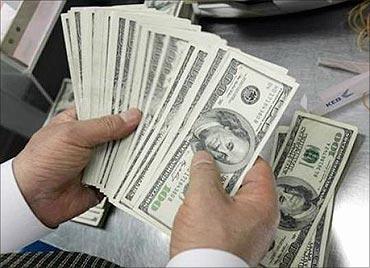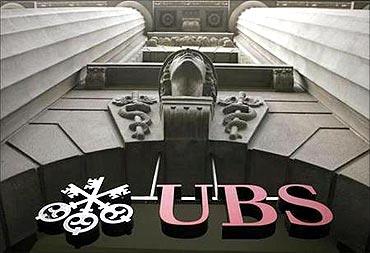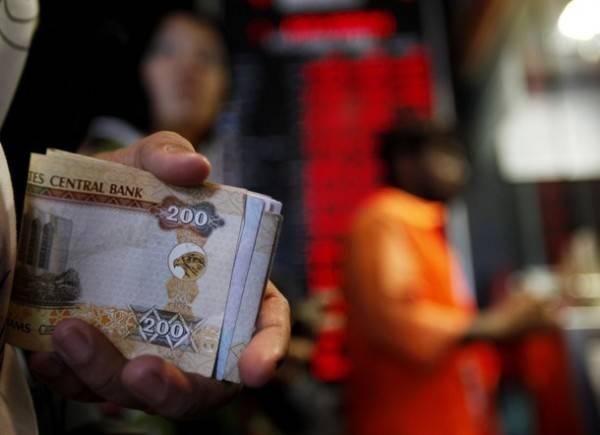 | « Back to article | Print this article |
Reports on black money to miss Sept deadline
The official estimate of black (unaccounted) money held by Indians, both in India and abroad, might not be released by September, as scheduled earlier.
The National Institute of Public Finance and Policy, the National Council of Applied Economic Research and National Institute of Financial Management are carrying out the estimation independently.
Click NEXT to read further. . .
Reports on black money to miss Sept deadline
An NIPFP official, on the condition of anonymity, said, "We have asked for time.
"We are trying to submit the draft report by the end of the year -- the delay is not too much." NCAER officials stated this was government work, and only the government could say anything official in this regard.
An emailed query to NCAER remained unanswered. No official from NIFM could be contacted by Business Standard.
It appears, the institutions have found it difficult to collect data on the subject.
Click NEXT to read further. . .
Reports on black money to miss Sept deadline
A senior finance ministry official said the Prime Minister's Office wanted the ministry to expedite the reports, adding this had been conveyed to the three entities concerned.
As estimates of black money held by Indians varied sharply, the government had decided to engage the three entities for an official estimate.
In March 2011, the Central Board of Direct Taxes had signed up the three institutes for the job.
This was aimed at helping the government frame policies to tackle the problem.
The institutes were scheduled to give their reports within 18 months.
Click NEXT to read further. . .
Reports on black money to miss Sept deadline
According to the agreement signed with the government, the three institutes would assess unaccounted wealth of Indians and profile activities that led to black money and money laundering.
They would also look at how unaccounted money was converted and suggest ways to detect and prevent creation of black money and bring this into the fold of the official economy.
Click NEXT to read further. . .
Reports on black money to miss Sept deadline
Meanwhile, the government has also come out with a position paper on black money.
It stated, "Among the estimates made so far, there is no uniformity, unanimity or consensus about the best methodology or approach to be used for this purpose.
"There have been wide variations in the figures reported, which further serves to highlight the limitations of the different methods adopted."





